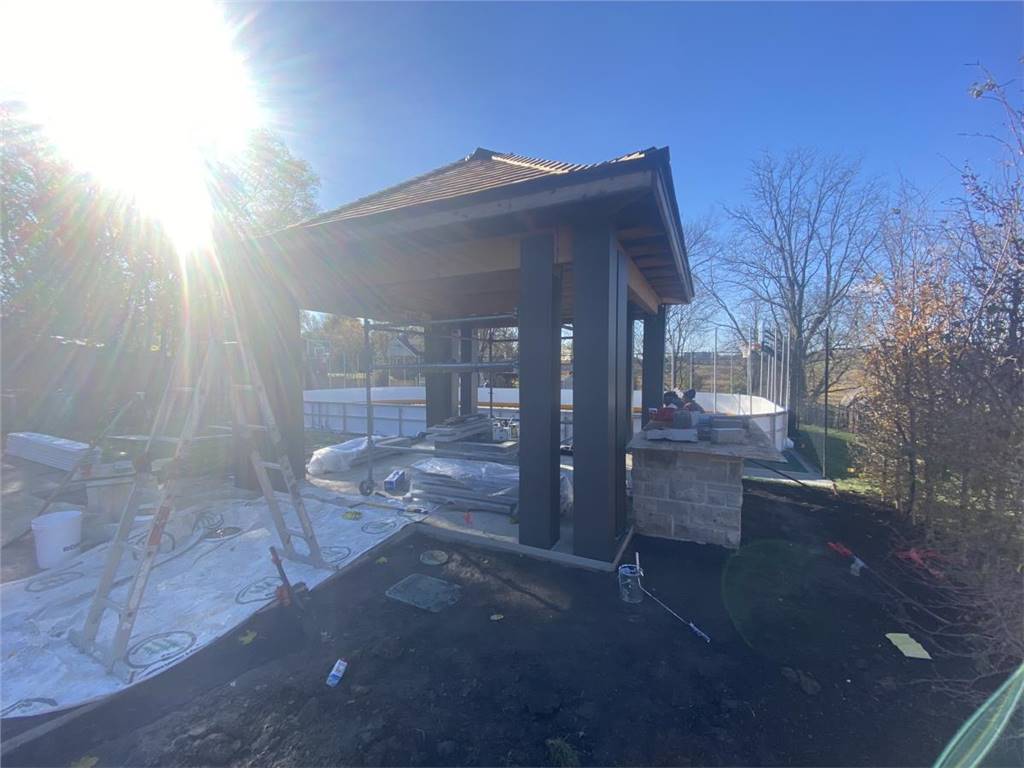
Things To Consider When Painting Wooden Surfaces
Whether you're painting a new piece of furniture, or giving your old favorite piece a fresh coat of paint, there are some things you need to consider before getting started. In this blog post, we'll go over the basics of painting wooden surfaces, including what types of paints to use and how to prep the surface before painting. So if you're ready to give your old furniture a new look, keep reading!
What Are Some Common Wooden Surfaces That Need Painting?
Some of the most popular wooden surfaces that people like to paint are fences, decks, and staircases. Many homeowners choose to paint their fences and decks a solid color in order to improve the appearance of their home, while others may choose to have a multi-colored deck or fence. Painting stairs can also be a great way to add some personality and style to your home. Whether you decide to go with a light or dark color, painting your stairs can be a great way to make them stand out.
Here Are Some Tips to Paint Wooden Surfaces:
1. First, make sure the surface is clean and free of dust and dirt.
When painting wooden surfaces, it is important to clean the surface well before painting. This is because any dirt or dust on the surface will prevent the paint from sticking and will result in a poor finish.
Cleaning the surface also helps to remove any existing paint or varnish that may be present. This is important because it ensures that the new paint will stick to the wood properly and will not peel off later.
2. Sand the surface lightly to rough it up, which will help the paint adhere better.
When you paint over a wooden surface that has not been sanded, the paint will not adhere well to the surface. Paint will instead form a film on top of the wood, and this film can easily flake or peel away.
Sanding the surface before painting helps to remove any loose paint or dirt from the surface. It also creates a rough surface for the paint to adhere to, which helps to prevent it from peeling or flaking.
3. Apply a coat of primer to help the paint adhere and to prevent the wood from absorbing too much of the paint.
Primer is a type of paint that helps to create a smooth surface for painting. Applying primer before painting wooden surfaces can help to prevent the paint from bubbling or peeling off. Primer can also help to seal the wood and protect it from moisture damage.
4. Paint in thin, even coats for best results.
One of the main benefits of painting in thin, even coats is that it minimizes the appearance of brushstrokes. This is especially important when painting wooden surfaces, as any imperfections can be magnified by the wood grain. By using thin coats, you can achieve a more even and consistent finish that will help to disguise any imperfections in your painting technique. Additionally, thin coats are less likely to drip or run than thicker layers of paint, helping to create a cleaner and more professional-looking finish.
5. Let each coat dry completely before applying the next one.
Since paint consists of a pigment suspended in a liquid medium, it is important to allow each coat to dry completely before adding another. This helps to prevent the layers from becoming unintentional loss muddy.
When layering colors on top of each other, it is best to start with the lightest color and then add progressively darker colors. If the coats are not allowed to dry completely between layers, the colors will run together and produce an undesired effect.
6. Finish with a clear sealant to protect the paint job from scratches and fading over time.
Finishing with a clear sealant can help with painting wooden surfaces in several ways. First, it can provide a barrier against stains and other destructive agents. Second, it can enhance the paint's resistance to fading and wear. Third, it can help the paint to "stick" better to the surface, resulting in fewer visible brush strokes. And fourth, it can give the final product a more polished look. There are doubtless other advantages as well; these are just a few that come to mind.



